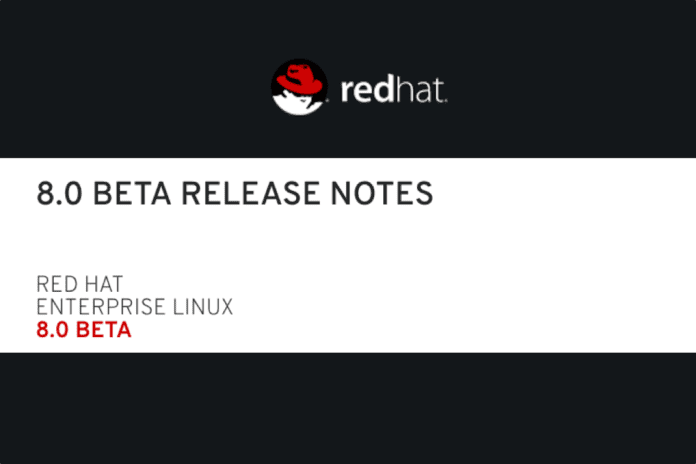It has been three and half years since Red Hat last issued a major new version number of its flagship Red Hat Enterprise Linux platform. A lot has happened since RHEL 7 was launched in June 2014, and Red Hat is now previewing its next-generation RHEL 8 platform in beta.
Among the biggest changes in the last four years across the compute landscape has been the emergence of containers and microservices as being a primary paradigm for application deployment. In RHEL 8, Red Hat is including multiple container tools that it has been developing and proving out in the open-source community, including Buildah (container building), Podman (running containers) and Skopeo (sharing/finding containers).
Systems management is also getting a boost in RHEL 8 with the Composer features that enable organizations to build and deploy custom RHEL images. Management of RHEL is further enhanced via the new Red Hat Enterprise Linux Web Console, which enables administrators to manage bare metal, virtual, local and remote Linux servers.
Although RHEL 8 will be the first major version number update since RHEL 7 in 2014, Red Hat has not been sitting idle the past four years. The company has updated RHEL up to twice a year with new milestone versions. The most recent version is RHEL 7.6, which became generally available on Oct. 30 with new security capabilities.
The RHEL 7.6 release came the day after Red Hat announced it was being acquired by IBM in a $34 billion deal that is set to close in 2019.
Security
New security capabilities will also be a core element of RHEL 8, most notably the inclusion of support for the TLS 1.3 cryptographic standard. TLS 1.3 was announced as a formal standard by the IETF back on March 26, providing an updated version to the core protocol used to secure data in motion across the internet.
Additionally, Red Hat is making it easier for system administrators to manage cryptographic policies in RHEL 8 with a new feature.
“System-wide cryptographic policies, which configures the core cryptographic subsystems, covering the TLS, IPSec, SSH, DNSSec, and Kerberos protocols, are applied by default,” the RHEL 8 release notes state. “With the new update-crypto-policies command, the administrator can easily switch between modes: default, legacy, future, and fips.”
Application Streams
In the past, RHEL users were largely stuck with certain version branches of core application libraries in an effort to help maintain compatibility and stability.
Red Hat’s community-led Fedora Linux distribution introduced the concept of modularity earlier this year, with the release of Fedora 28. RHEL 8 is now following the Fedora Modularity lead with the concept of Application Streams.
“Userspace components can now update more quickly than core operating system packages and without having to wait for the next major version of the operating system,” Stefanie Chiras, vice president and general manager of Red Hat Enterprise Linux at Red Hat, wrote in a blog. “Multiple versions of the same package, for example, an interpreted language or a database, can also be made available for installation via an application stream.”
Memory
Perhaps the biggest single change coming to RHEL 8 is in terms of system performance, specifically due to a new upper limit on physical memory capacity.
RHEL 7 had a physical upper limit of 64TB of system memory per server. Thanks to new performance capabilities in next-generation Intel and AMD CPUs, RHEL 8 will have an upper limit of 4PB of physical memory capacity.
Sean Michael Kerner is a senior editor at eWEEK and InternetNews.com. Follow him on Twitter @TechJournalist.
